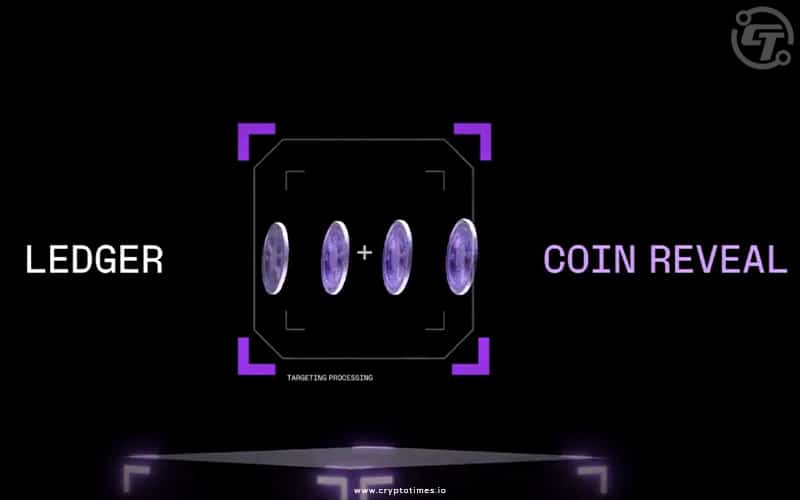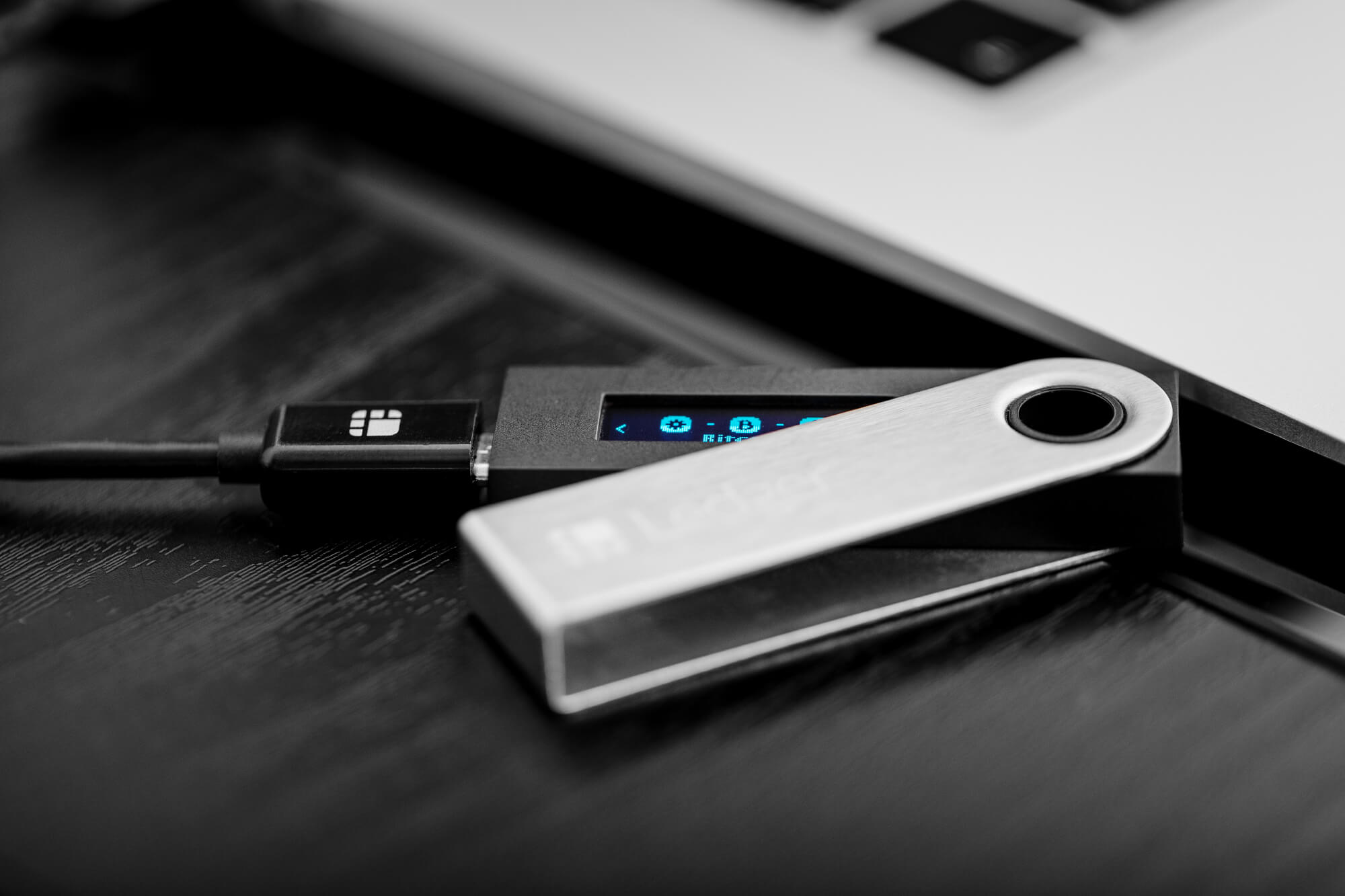Adding new coin integrations to Ledger Live, the companion software for Ledger hardware wallets (Nano S Plus, Nano X, Flex, or Stax), is a structured process that blends Ledger’s internal development efforts with community and third-party contributions.

While Ledger doesn’t publish an exhaustive public playbook, insights from the Ledger Developer Portal, GitHub activity, official announcements, and community interactions reveal how this works.
Here’s a detailed breakdown of how new coins are integrated into Ledger Live, ensuring both functionality and security.
Please download the last update of Ledger Live Application:
1. Ledger Live for Windows 10/11
2. Ledger Live for MAC
3. Ledger Live for Android
Overview of the Process
New coin integrations typically follow these stages:
- Proposal Submission: A request is made to add the coin.
- Evaluation by Ledger: Technical and strategic feasibility is assessed.
- Development: The coin’s app and Ledger Live support are built.
- Testing and Review: Rigorous checks ensure stability and security.
- Release and Deployment: The integration goes live for users.
This process can be initiated by Ledger, blockchain project teams, or community developers, with Ledger retaining final control over what gets implemented.
Step-by-Step Breakdown
Step 1: Proposal Submission
- How It Starts: The journey begins with a formal request via the Ledger Live Integration Form on the Ledger Developer Portal (developers.ledger.com). This form is open to:
- Blockchain Teams: Projects (e.g., Solana, Arbitrum) submit their coin for integration.
- Community Developers: Individuals or groups propose support for new chains.
- Required Details: Submitters provide:
- Blockchain specifics: Consensus mechanism (e.g., Proof of Stake for SOL), address format (e.g., solana:address), and protocol type (standalone chain or token standard like ERC-20).
- Desired features: Basic (send/receive) or advanced (staking, smart contracts).
- Technical resources: Node endpoints, API documentation, or testnet access.
- Example: Solana’s integration (pre-2023) started with a community proposal, specifying SPL token support and staking—later formalized by Ledger.
Step 2: Evaluation by Ledger
- Ledger’s Assessment: Ledger’s team reviews the proposal based on:
- Technical Feasibility: Does the blockchain align with Ledger’s architecture? EVM-compatible chains (e.g., Cronos, Fantom in 2022) are easier due to Ethereum’s base—standalone chains like Solana require more work.
- Security Standards: Is the chain reputable and audited? Ledger avoids risky or unproven projects—e.g., no obscure meme coins.
- User Demand: High community buzz (e.g., Reddit’s r/ledgerwallet, “Add ALGO staking,” 2024) or market cap (e.g., top-20 coins) boosts priority.
- Business Case: Partnerships or strategic value—e.g., Arbitrum’s L2 integration (May 2023) tied to Ethereum’s scaling narrative.
- Outcomes:
- Full Approval: Full Ledger Live support (e.g., Coreum in September 2023 with staking).
- Partial Approval: Basic support only (e.g., send/receive, no staking)—common for newer chains.
- Rejection: If criteria aren’t met—Ledger’s discretion, no public rejection list.
- Evidence: X posts (@Ledger, May 2023) announced Arbitrum, Optimism, and Energy Web ($EWT) integrations—likely vetted for demand and compatibility.
Step 3: Development
- Kickoff: Ledger schedules a meeting with the proposer (if external) to finalize specs—e.g., derivation paths (BIP-44 for BTC-like coins), RPC endpoints, or staking protocols.
- Two-Part Development:
- Ledger Device App:
- A standalone app is coded (C or Rust) for the Ledger device’s Secure Element to handle key generation and transaction signing—e.g., the Solana app signs SPL token transfers.
- Community developers can propose this via GitHub (github.com/LedgerHQ), but Ledger finalizes it.
- Ledger Live Integration:
- Frontend (JavaScript/TypeScript) is added to the ledger-live monorepo (github.com/LedgerHQ/ledger-live)—e.g., UI in apps/ledger-live-desktop/src/screens displays balances.
- Backend logic (e.g., libs/ledger-core) syncs with the blockchain—requires node access or API support.
- Ledger Device App:
- Collaboration: Ledger may delegate UI work to the community (e.g., Solana’s initial app), but device apps are tightly controlled—e.g., $BTT integration (June 2023) involved BitTorrent’s team.
- Timeline: 2–6 months—faster for tokens (e.g., ERC-20 SHIB in 2021) due to Ethereum’s base, slower for unique chains (e.g., Solana).
Step 4: Testing and Review
- Testing Phase:
- Internal: Ledger tests the device app and Ledger Live integration—e.g., ensuring $ASTR staking (June 2023) signs correctly.
- Nightly Builds: Experimental versions (@nightly tag) let community testers try it—e.g., pnpm install @ledger-live/nightly—feedback shapes fixes (per GitHub).
- Security Review: Ledger’s team audits for:
- Signing integrity: No transaction malleability (e.g., 2018 firmware fix).
- UI safety: No spoofing risks—post-2023 Connect Kit hack tightened this.
- Example: Reddit (r/ledgerwallet, 2024) noted nightly fixes for Polygon sync—community logs (Settings > Help > Export Logs) aided testing.
Step 5: Release and Deployment
- App Release: The coin’s device app launches via My Ledger in Ledger Live Desktop—users install it (e.g., Nano X adds “Arbitrum” app).
- Ledger Live Update: A software update (e.g., 2.81.0) enables native support—mobile users get it via App Store/Play Store.
- Announcement: Ledger posts on ledger.com/blog, X (@Ledger), or YouTube—e.g., “Welcome Coreum ($COREUM)” (September 2023).
- Sync: Mobile/desktop sync via Ledger Sync—new accounts appear seamlessly (e.g., “Arbitrum 1” post-May 2023).
Community Role
- Proposals: Users suggest coins on Reddit (e.g., “Add AVAX staking,” 2024) or X—Ledger tracks demand, influencing approvals.
- Development: Open-source devs fork ledger-live, submit PRs—e.g., UI tweaks for $FTM (2022)—though Ledger finalizes device apps.
- Feedback: Bug reports (GitHub Issues, X) refine integrations—e.g., Solana staking bugs fixed after community logs (2024).
Examples of Recent Integrations
- Coreum ($COREUM): September 2023—full support with staking, proposed by the Coreum team (Cryptonomist).
- Arbitrum ($ARB), Optimism ($OP): May 2023—L2 support, fast-tracked for Ethereum compatibility (Ledger Blog).
- BitTorrent ($BTT), Astar ($ASTR): June 2023—community buzz on X sped these up (Coinpedia).
Security Best Practices
- Official Updates: Install apps/updates via My Ledger—avoid third-party sources (see “Avoiding Phishing Scams”).
- Never Share Seed: Your 24-word phrase stays on your Ledger—integrations don’t need it (see “Why Never Share Your Seed”).
- Verify Transactions: Confirm on-device—new coins don’t bypass this (see “Verifying Transactions”).
- Test Small: Send 0.001 BTC post-update—ensures new integrations work (see “User Tips and Tricks”).
Conclusion
New coin integrations in Ledger Live start with a proposal via the Integration Form, get vetted by Ledger for feasibility and demand, then enter a development cycle—split between device apps and Ledger Live UI—culminating in a secure release. Community input (e.g., Reddit, GitHub) sparks ideas, but Ledger’s team ensures quality. Want a coin added? Submit that form at developers.ledger.com—your suggestion could hit My Ledger next!
